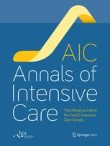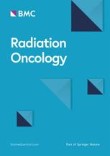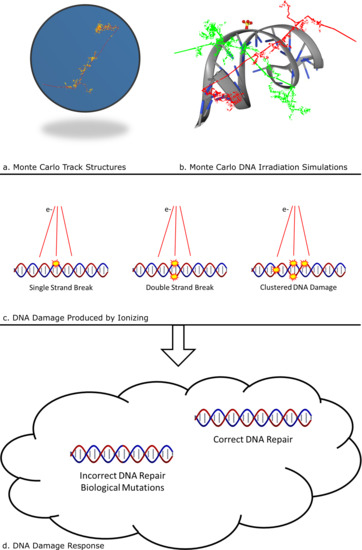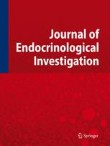
Congenital central hypoventilation syndrome (CCHS) is a rare genetic disorder of an autonomic nervous disorder that affects breathing. It is characterized by respiratory insufficiency secondary to insensitivity to hypoxemia and hypercarbia, particularly during sleep leading to persistent apnea. We report four individuals across two generations harboring heterozygous 25 polyalanine repeats mutations (PARMs) in PHOX2B with a varying degree of phenotypic clinical manifestations. Two family members who reported to be “asymptomatic” were subsequently diagnosed with CCHS, based on genetic testing, obtained because of their family history. Genetic studies in the family including a mother and three offsprings revealed in-frame five amino acid PARMs of PHOX2B consistent with CCHS in addition to full clinical assessment. All affected individuals had evidence of hypercapnia on blood gas analysis with PCO2 in the range of 32–70 (mean; 61). Nocturnal polysomnogram revealed evidence of hypoventilation in two individuals (1 offspring and mother) with the end-tidal CO2 median of 54. Magnetic resonance imaging of brain revealed no abnormalities in the brain stem. There was no evidence of cor pulmonale on echocardiograms in all individuals. Neuropsychological testing was conducted on all four patients; two patients (mother and 1 offspring) had normal results, while the other two offspring exhibited some impairments on neuropsychological testing. This case series emphasizes the importance of screening first-degree relatives of individuals with confirmed CCHS to minimize complications associated with long-term ventilatory impairment. It also suggests that some patients with CCHS should undergo neuropsychological evaluations to assess for cognitive weaknesses secondary to their CCHS.
















